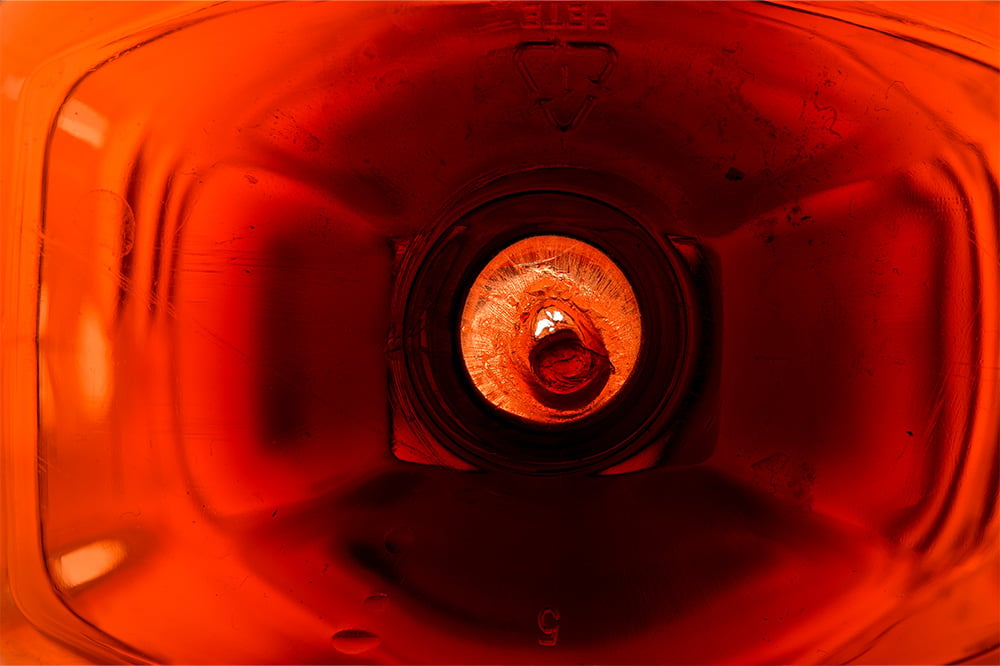Gate Leaks
Gate leaks are a specific type of defect hole that can occur during any blow molding process with an injection step forming a gate in the preform. The gate, the injection point on the bottom of the container where hot plastic enters the mold, is the most common weak point in a plastic container, making it susceptible to this type of defect.

Plastic Material Types at Risk of Gate Leaks
Gate leaks are most commonly found in Polyethylene Terephthalate (PET) plastic containers during the Injection Stretch Blow Molding Process (ISBM), 2-step (RSBM) PET Blow Molding Process, or in HDPE in the Injection Blow Molding Process (IBM).
Common Causes of Gate Leaks
The following are common causes of gate leaks:
- Improper heating of the preform during the blow mold step
- Thin areas or holes in the gate during the injection step
- Bent or improperly adjusted rods in the blow mold step
General Troubleshooting
Unlike traditional holes or laser code holes, gate leaks can be very small and are one of the hardest defects to identify. If the defect is sporadic, it can make it all the more difficult to identify and troubleshoot the exact problem area within your manufacturing blow molding process.
The NexGen Rotary Leak Tester (NGR) offers the unique turntable vacuum option for empty containers with a flat, circular bottom. Using innovative technology, the NGR can seal on the flat surface and draw more air out of the bottle through the leak in the bottom, allowing it to identify a gate leak.
If a gate leak is identified, verifying the blow mold setup and ensuring proper heating of the preform are great places to start.
